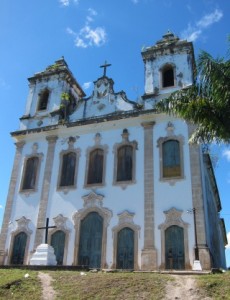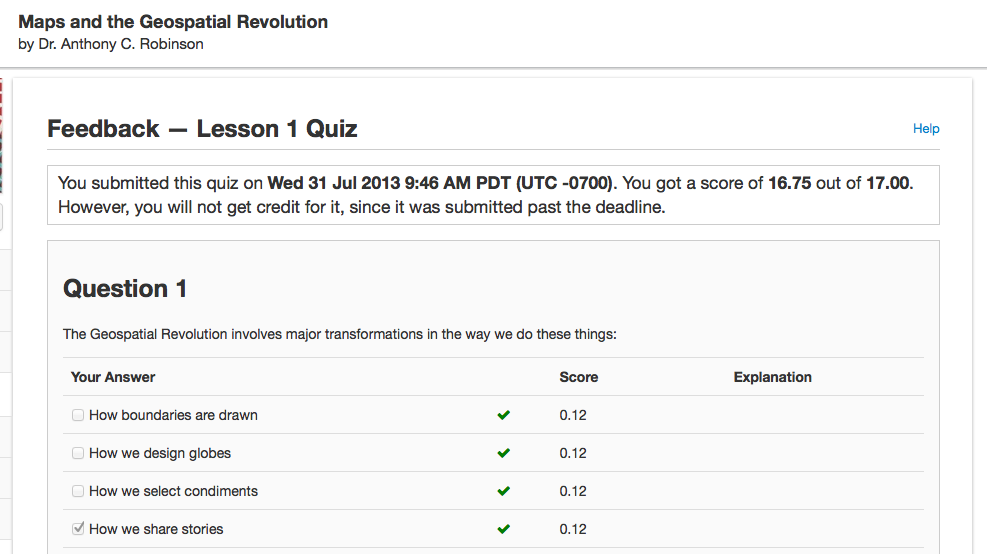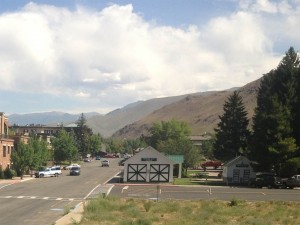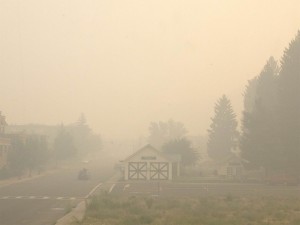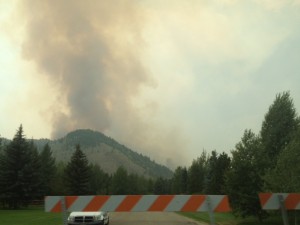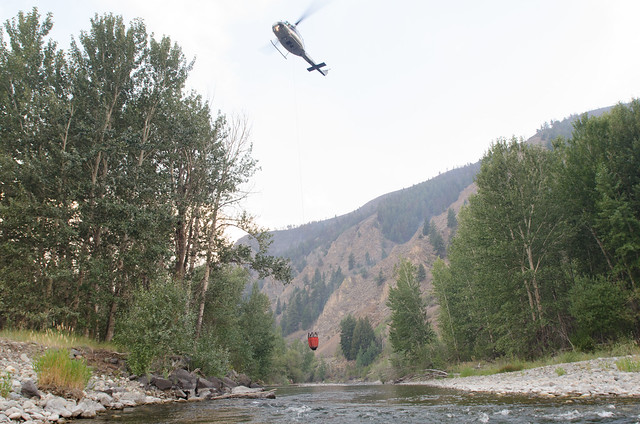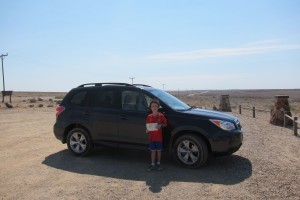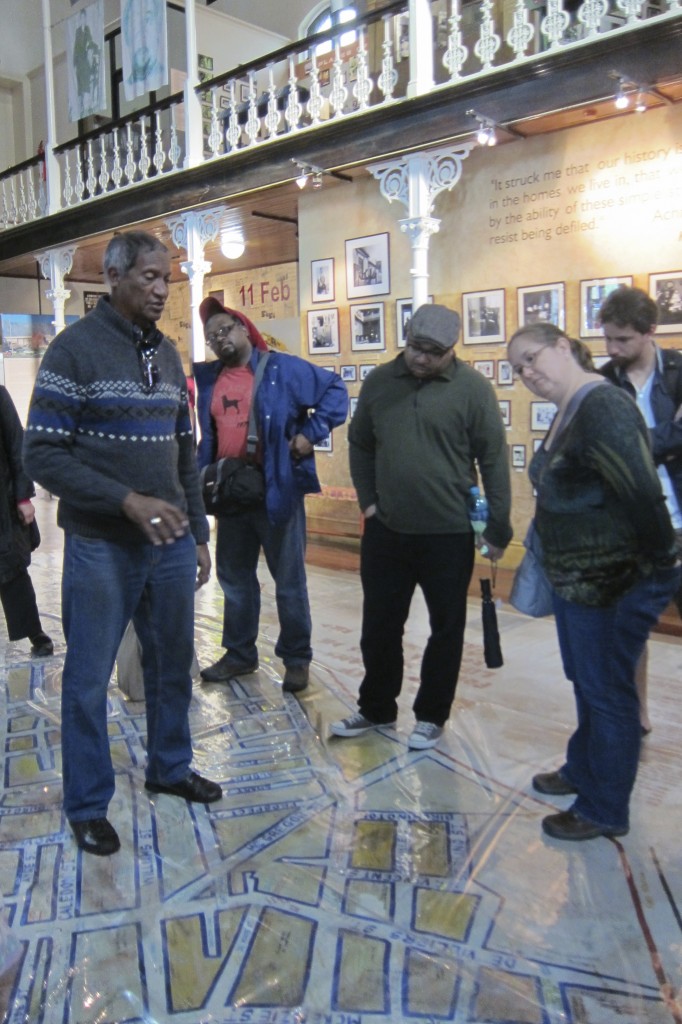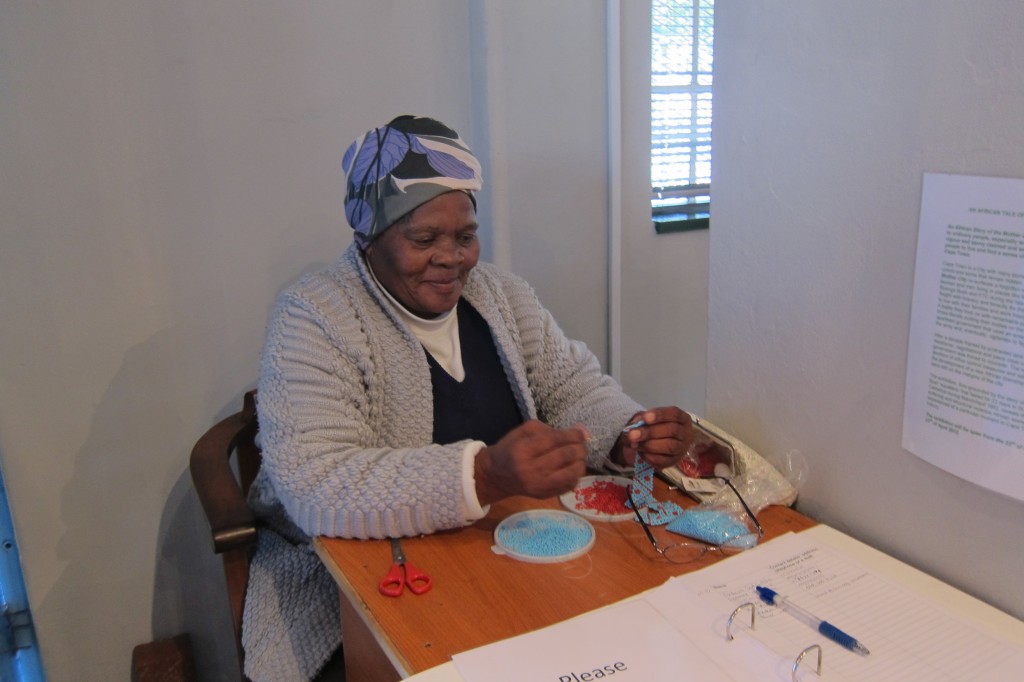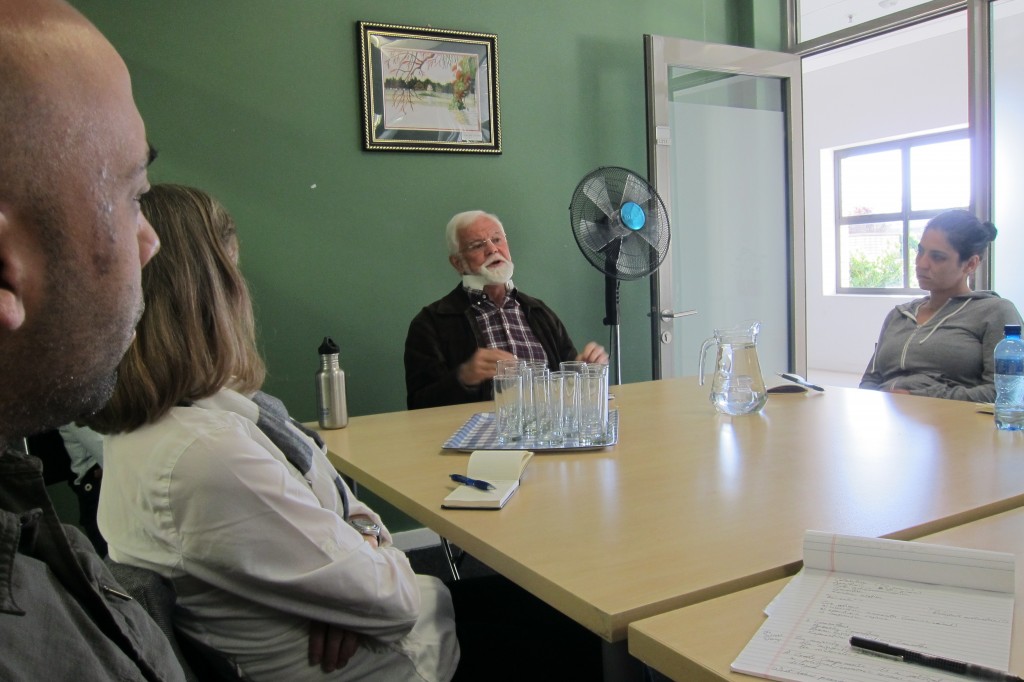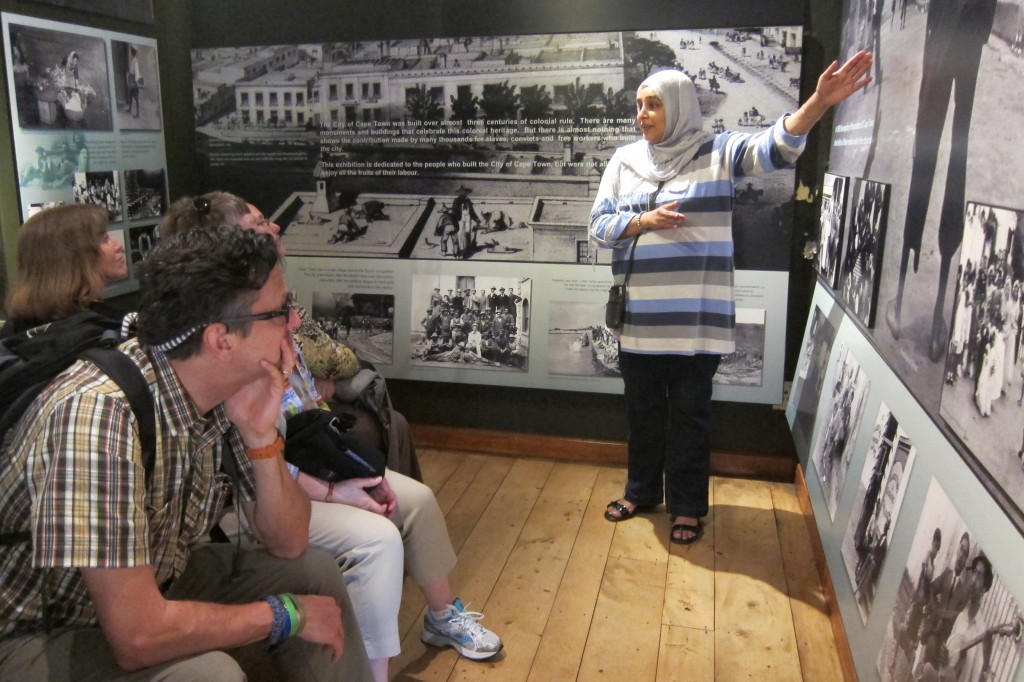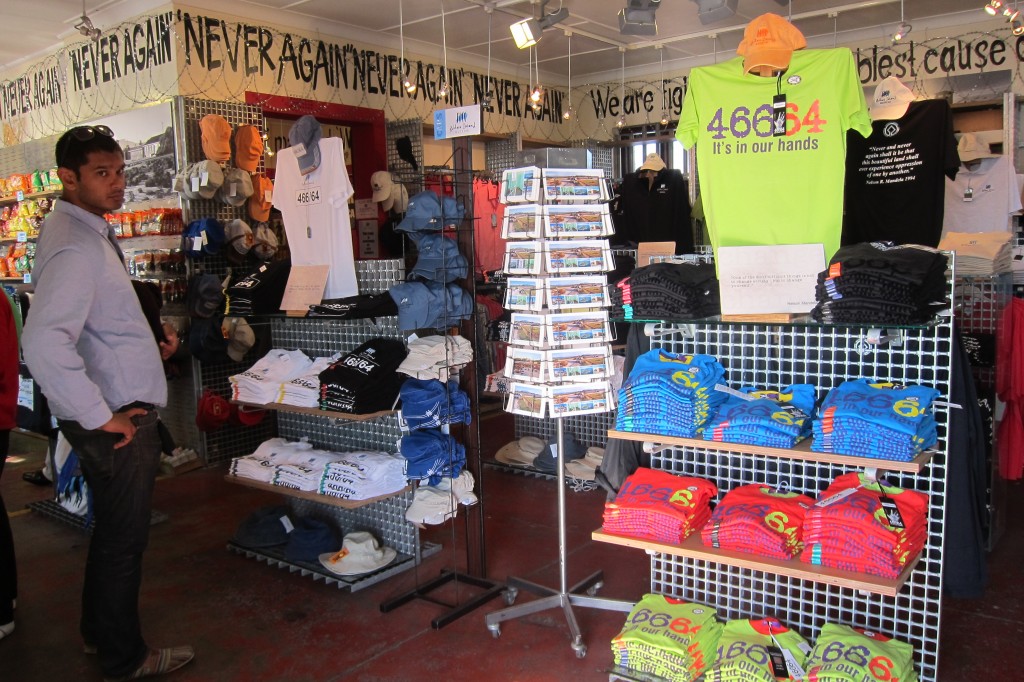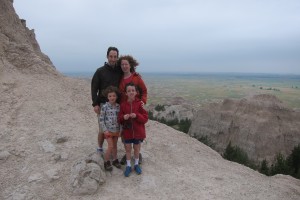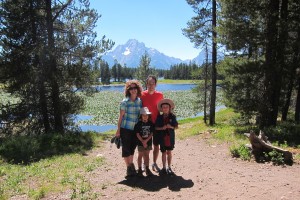Now that the threat of wildfire has abated (80% contained!), and with the kids in Y camp this morning (one more week until school starts!!!!), I can get back to work.
I’m working on my timeline for the (too many?) projects I want to accomplish this year.
Central Research Projects
1. I’m completing a R&R (revise and resubmit) on two journal articles (one on Bahian novelist Anna Ribeiro de Goes Bittencourt, and a second on gender and violence in 19th c Brazil). The comments I received were helpful (new readings to consider, suggestions on how to better frame my analysis and make my argument more precise), and I’d like to turn these around in the next month. I spent a lot of time collecting and copying materials for the revision in May, so hopefully I added the right files and notes to Zotero.
2. I’m updating and expanding my Mapping Bahia website. I have two main goals for this. First, I’m going to integrate some dynamic maps into my studies of Santiago do Iguape parish (Website Stage II). I received a College of Wooster Luce grant that funded me a research trip to Bahia last summer to photograph key sites. I’m going to geotag my photos, and apply “deep mapping” techniques to integrate a spatial dimension to my web project, enriching site visitors’ understanding of the social and cultural world of Bahia.
The next stage of my website expansion (Stage III) will be the incorporation of a second Bahian household census: the population records for São Gonçalo dos Campos. I know something about São Gonçalo’s population from B. J. Barickman’s excellent Bahian Counterpoint, but this will be my first chance to work with the manuscript! After more than a decade out of circulation – the 19th c manuscript was too damaged to be consulted – the team at the Arquivo Público do Estado da Bahia have painstakingly restored the census and made it available for researchers.
Manuscript transcription and database coding is a tedious process. I plan to work on the manuscript for an hour a day until I’m finished. Any more than that, and I’m reduced to mumbling and not fit for civilized company…
My goal is to have stage II completed by January 2014, and Stage III by March 2014.
3. I’m preparing a new article analyzing concepts of race and slavery in 19th-century Brazil. At the Brazilian Studies Association (BRASA) Conference in September 2012, I presented my preliminary research on Dr. Pedro Luiz Napoleão Chernoviz’s depictions of race and health. Dr. Chernoviz’s 1842 Diccionário de medicina popular was one of the best selling books in 19th century Brazil, selling 3,000 copies for the first edition, and going into an additional five Portuguese editions. While the notions of disease and treatment contained in the domestic guide reflect Chernoviz’s medical training in Montpellier, he also makes claims of medical expertise based on local experiences treating a wide variety of patients in Rio de Janeiro. My research examines Chernoviz’s guide as a lens to contemporary Brazilian ideas of disease, bodily systems, and cures. These questions are important because of what they reveal about Brazilian slavery, but also because they clarify the circulation of medicine knowledge and the construction of imperial science in the Atlantic world.
I have some more primary source research to do to place Chernoviz in historical context. I’m planning a visit to the Wellcome Library to use their excellent collection of 19th c manuscripts. I’m still working out the timeline for this research trip.
4. I’m working on turning my dissertation into a book manuscript. Hmm, I’m not ready to talk much about this process yet. I’m with Mark Slouka on this one. After eight years of teaching comparative slavery, I can see that I need to do a lot of reshaping for an undergraduate audience.
Fun side projects:
5. I’m devoting more time to sharpening my DH skills. To get started, I’m taking Dr. Anthony C. Robinson’s engaging (and entertaining!) Maps and the Geospatial Revolution. Robinson is a great spokesperson for spatial analysis, and how to create dynamic maps that provide insight into historical and contemporary problems. While I’ve played with the desktop version of ArcGIS, this course is a great intro to the online version.
I’m behind on my coursework (this is a good rejoinder to my few students who don’t get that is worth learning new things, even if you don’t get official “credit”), but this time I won’t be a MOOC dropout!
6. Inspired by the Wikistorming Project, I want to become a Wikipedia editor to make sure that more Latin American women (and especially women of color) are included. To just name a few examples, it is surprising to me that there aren’t English entries for Pagu, Anna Ribeiro de Goes Bittencourt, Maria Teresa Tula, Eufrásia Teixeira Leite, and the Federação Brasileira pelo Progresso Feminino. And many other promising stub articles (Carolina Maria de Jesus, Benedita da Silva, Micaela Bastidas, Francisca Senhorinha da Motta Diniz, Ana Néri, Berta Luz, and the Irmandade da Nossa Senhora da Boa Morte) need citations and further fleshing out. Please let me know in the comments if you have more suggestions, or if you’d like to team up on this endeavor! My colleague Dr. Mark Wilson has long been a proponent of scholars contributing to Wikipedia, but it has taken me a while to overcome my initial anxieties about the site and embrace the chance to make sure that the history it presents is more inclusive and follows scholarly standards for citations.
7. Next February, I will be a visiting scholar in the Centre for Historical Studies at Jawaharal Nehru University in New Delhi. I’m very excited about this opportunity to share ideas with their faculty and students. The series of lectures on Indian history and politics I attended at JNU in 2007 pushed me intellectually, and gave me new insight into the comparative history of colonial and post colonial societies. We were lucky to have the historian Dr. Sucheta Mahajan as a visitor at Wooster last fall. I look forward to working more closely with her and her colleagues.
My husband and I found a great office in Ketchum. Our suitemates are friendly, it is a nice, quiet place to work, and the views! The views! I like having a big window to stare out while I’m thinking. And after the relative dimness of the light in Ohio, I’m spending as much time as possible in the bright sunshine.
Well, ok, the Beaver Creek fire has made it pretty hazy and smoky today. The “very unhealthy” air quality means that we’re all staying inside. The firefighters are working hard to contain the fire.
UPDATE: 8/22
Wow, I lot happened since I started writing that calm blog post. On Friday (8/16), the Sheriff issued a pre-evacuation notice for our section of Ketchum. Earlier in the week, the wind had blown a lot of smoke and ash up to our part of the valley, but now the fire was growing and looked like it could make a run north-east to burn the town. The notice said to pack medicine, important papers, and a few changes of clothes, and get out.
I had never even heard of a fire tornado!
We could see the firefighters tents near Hailey, and more and more planes came dropping retardant and water. It was very scary! They closed the highway a few hours after we left.
The Great Basin Incident Management Team (a state-federal-municipal collaboration to fight natural disasters) has done a great job keeping residents informed with new media! They have a facebook group, and a collection of great images on flickr. It has been especially interesting to see their use of GIS and digital mapping me while I take a MOOC on mapping (more on that later).
Boise is a great town to be stranded in. We ate Basque tapas, visited the World Center for Birds of Prey, and even saw a Boise State scrimmage on the Smurf turf! Still, everyone was anxious about the fire and the safety of the firefighters.
One positive outcome from the evacuation: My family and I bought a car in Boise. Our elderly Volvo station wagon gave up the ghost on our drive West, deciding that us asking it to climb the 8,432 foot (2,570 m) Teton Pass was the last straw. We’ve been looking for a replacement car for a few weeks, but with all the great bike paths in Ketchum, there didn’t seem to be much of a hurry. That is, until the six of us (plus a dog!) had to evacuate in my parents’ Jeep! We strapped emergency supplies to the top, but my husband Jason had to ride in the back with the dog. The need for a reliable getaway car added greater urgency to our car search. Wooster friends will find this hard to believe, but we’re now the owners of a NEW car. (We tend to drive old Volvos into the ground…and then replace them with a slightly newer old Volvo).
The evacuation order is finally lifted, everyone is safe, and it is nice to be back to work. I’ll post later this week about the projects I’m working on this year.
I’m off to a slow start blogging my 2013-2014 research leave, but my friend and colleague Beth Muellner’s entertaining example has encouraged me to get started. My goal is to blog at least once a week to talk about my research and writing. I’m going to write today about my work so far this summer, ending with our adventurous two-week drive to Ketchum, Idaho, which will serve as my family’s home base for the year.
My summer got off to a great start. This year, Charles Peterson and I organized a Hales Fund study group to discuss “Race: Global Concept and Experience”. The Hales Fund – initiated by Wooster President Grant Cornwell as a way to support faculty members’ ongoing development as teachers and scholars – supports a yearlong reading group organized around a central set of questions. A smaller group participates in a site visit to learn more about their chosen theme in a global context. In the following semesters, participants incorporate this new perspective into our work with students by developing new course units or even new classes. Past groups have looked at Environmentalism, Children and Poverty, Global Tourism, and Conflict and Cooperation in the Middle East. For me, the reading groups have been a source of intellectual stimulation and a chance to get to know my colleagues better.
Obviously, “race” is an impossibly broad topic, especially when you choose (as Charles and I did) to take an interdisciplinary approach and cover a large swath of time. We learned what DNA analysis reveals about human origins, read novels (Toni Morrison’s A Mercy), and discussed institutional racism and the criminal justice system. In the fall, we focused on race and racism in the U.S,, and in the spring we broadened our case studies to consider the historical construction of racial identities in Trinidad, Brazil, and South Africa.
We eventually chose South Africa for the groups’ research trip, in part because South Africans experiences during and after Apartheid present such an interesting and informative contrast to the US – the case most of us were most familiar with. (Plus my beloved Brazil is prohibitively expensive right now.) Ten faculty and staff members – representing History, Africana Studies, Philosophy, English, Student Life, Art History, and Athletics – traveled to Cape Town for ten days of lectures, site visits, theater, cultural exchanges, and reflection. You can read more about the group’s experiences here. And I’ve curated a set of my photos as well.
For me highlights included:
our walking tour of District Six (narrated by Joe Schaffers, a former resident forced out in 1966 when the South African government declared the racially integrated community “whites only”),
visiting Langa township and hearing Mama Kate (shown beading) tell the story of her participation in an anti-Apartheid hunger strike in St. George’s Cathedral,
hearing Charles Villa-Vicencio talk about the challenges of reconciliation and the transition to democracy,
learning about the history of Cape Town’s South Asian Muslim community – and how to make roti! – during our tour tour of the Bo-Kaap,
and feeling very unsettled by our Robben Island tour guide’s attempts to use humor to connect with visitors during our tour of the prison island. CIEE did a great job organizing our visit, and their program directors were knowledgeable, helpful, kind, and a lot of fun to spend time with.
When I return to campus, I hope to develop a class that compares the history of race and racism in Brazil, South Africa, and the United States. Hardly an original idea, but I think that this comparative approach will help me and my students think more critically about history.
June was sidetracked by whooping cough. Yes, I am living proof that people still get whooping cough (aka “the 100-day cough”). It definitely gave me greater empathy for all the long sections on coqueluche in Brazilian medical guides. For the entire month I coughed, slept, knitted, and caught up on season three of Downtown Abbey. I was miserable, but I’m trying to see the irony of a historian researching 19th century medicine catching whooping cough. At least I didn’t have to try the doctor I’m researching (Pedro Chernoviz)’s suggested remedies, which include purgatives and cold baths. Chernoviz’s Formulary also lists a cough syrup made of opium, quinine, and ipecacuanha. Thank God for antibiotics! And remember to get your pertussis vaccine booster!
Early July I devoted to packing and organizing for our relocation to Ketchum. We’re renting our house, and moving out much of our stuff took longer than I anticipated. With a lot of work, little sleep, and the help of some wonderful friends we made it, departing Wooster early on July 11.
The drive was incredible. I’m a southerner, and had never seen much of the Midwest/Great Plains before. We spent two weeks driving west in our elderly Volvo station wagon. Did I mention that it doesn’t have AC? It was hot, and rather cramped with all our stuff for the move, but the chance to visit the Badlands, Yellowstone, and Grand Teton was more than worth it. We have a month to get settled, rent an office, and get the kids into school.
As part of the upcoming 2012 NITLE Symposium “Inventing the Future,” Jon Breitenbucher and I are collaborating on a poster presentation discussing our use of WordPress as an easily-customizable tool for presenting student scholarship and research. Here’s the video abstract:

Hope to see you there!
After reading about Pecha Kucha presentations in Jason B. Jones’ Professor Hacker post, I experimented with the format for student presentations for the first time last semester, and I am hooked! Adopting Pecha Kucha conventions (20 PowerPoint slides automatically advancing after 20 seconds each) contributed to some of my most effective and engaging student presentations ever.
My department includes effective oral communication as one of our learning goals for majors, so my colleagues and I look for ways to incorporate formal and informal presentations in most of our classes. To name just a few examples, I’ve had students present critiques of outside readings to broaden the geographic and topical coverage in my Latin American history courses, students collaborate on projects investigating Brazilian popular culture, and students in my quantitative methods class create a poster session explaining their research using the Trans-Atlantic Slavery Database.
While I’m convinced that oral presentations of their research in multiple formats is crucial for improving students’ communication skills and comfort speaking before a group, I find myself weighing the balance between meeting this learning goal and maximizing the entire group’s opportunities for active learning in seminar. At their most effective, student presentations benefit the class as a whole by bringing in new ideas and engaging us all in productive discussions. They let students take greater ownership of the course content by allowing them to integrate outside interests with course themes. However, in the (relatively few) cases where student presenters are inadequately prepared, or have not thought carefully about effective presentation design, the seminar audience is not engaged. I worry that in these worst-case scenarios, student presentations can be a waste of the entire group’s time.
This fall, I had students in my first year seminar create Pecha Kuchas to share their semester-long research projects on mapping and the spatial history of the Americas. Two weeks earlier each student had submitted rough drafts of their research papers, and they were working to focus their arguments and clarify their use of evidence as part of the revision process. I’m convinced that the quick pace and the formal design constraints of Pecha Kucha presentations improved oral presentations’ pedagogical utility not just for the student presenting but for the audience as well.
In terms of individual critical thinking and clarity of communication, preparing for their Pecha Kuchas forced students to think carefully about how to put the suggestions for improvement they received on their written first drafts into action. They developed more explicit theses, improved their arguments about historical change over time, and clarified the “take away messages” of their research. In addition, creating their PowerPoint slides dramatically improved students’ consideration of visual evidence. Their interpretations of historic maps became more nuanced, and visual analysis more sophisticated. Happily, developing their oral arguments translated into stronger final written projects as well.
The Pecha Kucha format appreciably raised the quality of presentations. The visual-heavy format and rapid pace engaged the audience. Shy presenters appreciated the audience focus on the screen, and found it easier to relax. Even students prone to procrastination realized that the formal constraints required prior planning and practice; there were few presentations where students seemed to be “winging it.”
I think that the class as a whole benefited from watching the Pecha Kuchas. Although they had read and responded to each other’s rough draft essays, these presentations brought ideas percolating over the entire semester to completion. Students asked engaged questions, and made connections between disparate research projects. In this case, I felt much more confident that allocating several class sessions to student presentations had been a sound pedagogical decision.
With the presenters’ permissions, I’m including examples of some of the successful projects here:



